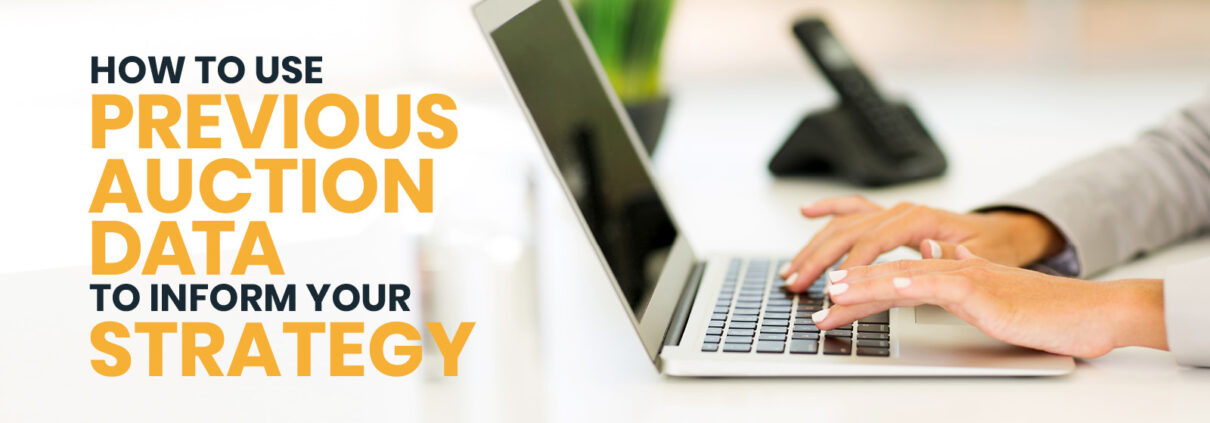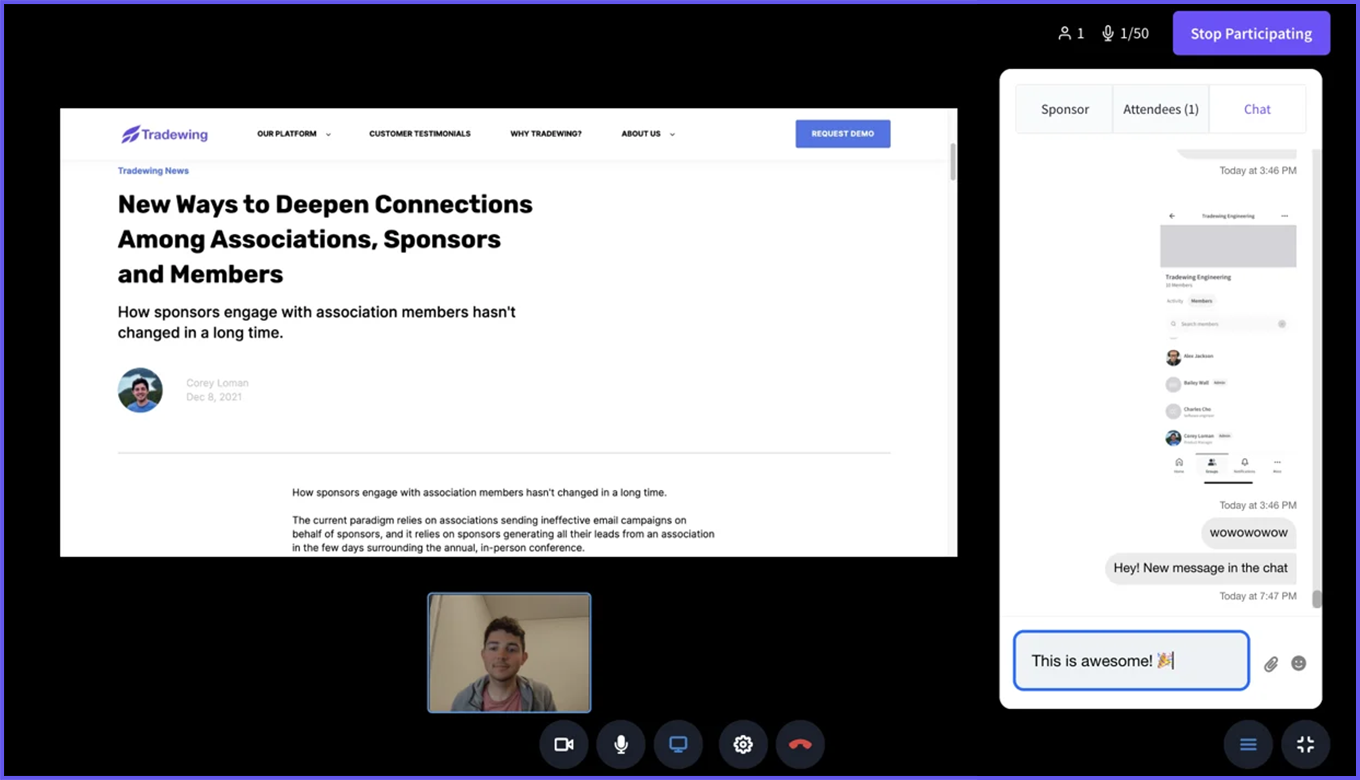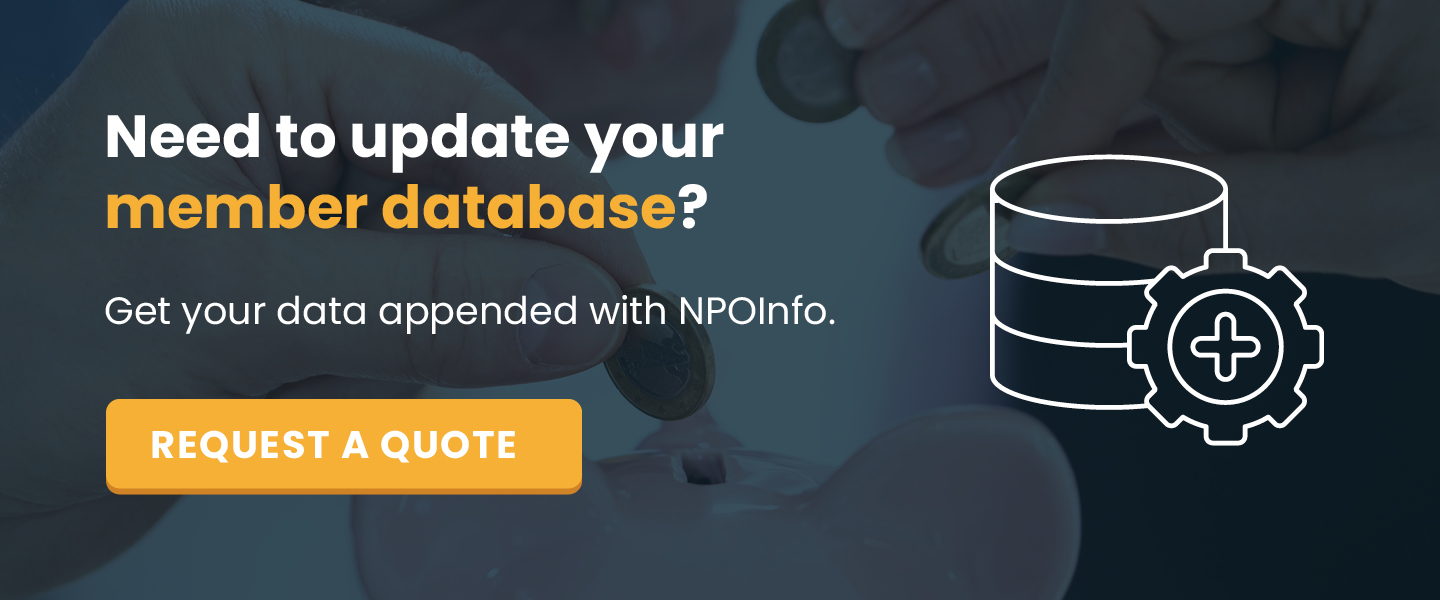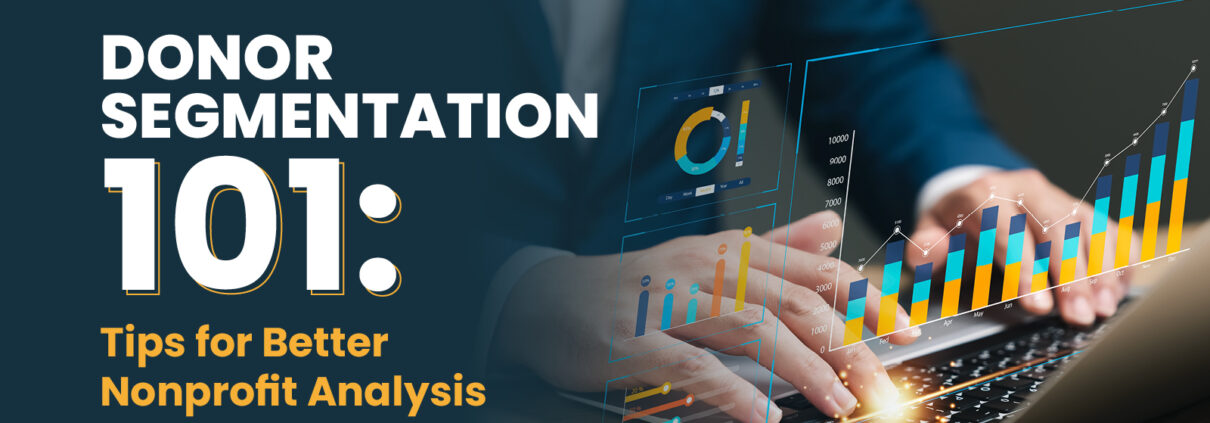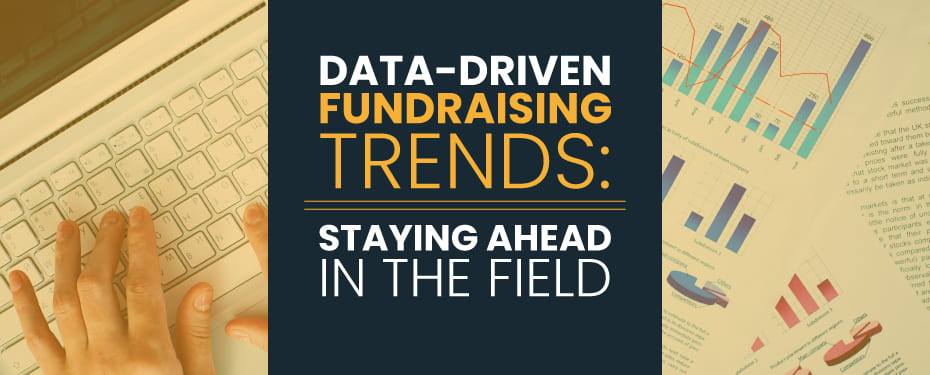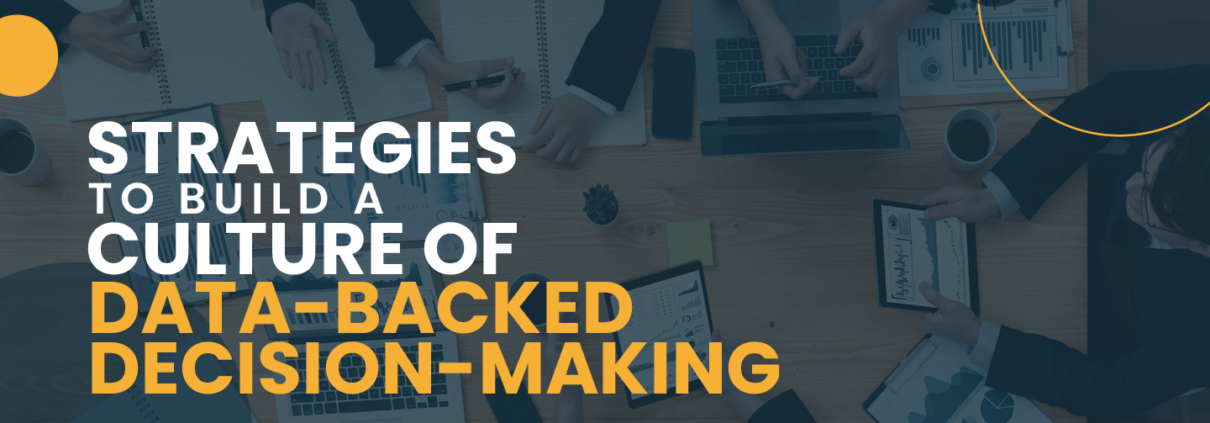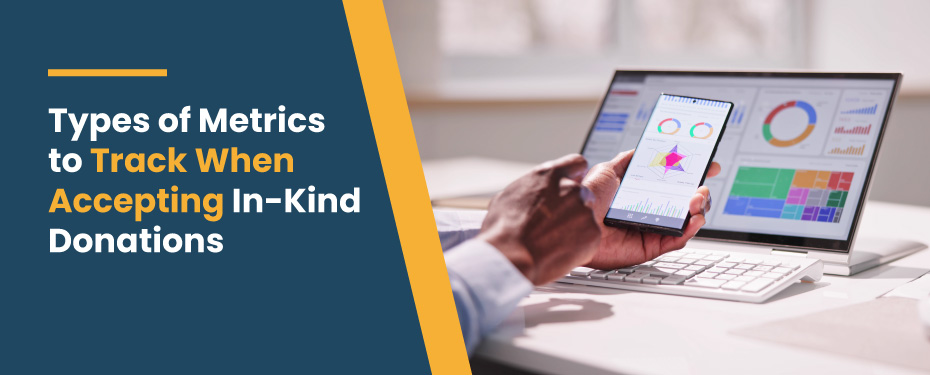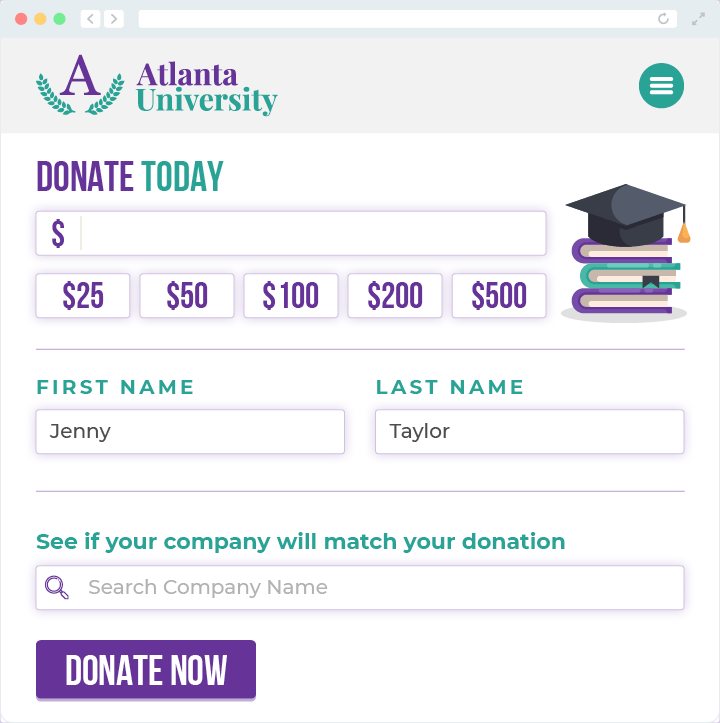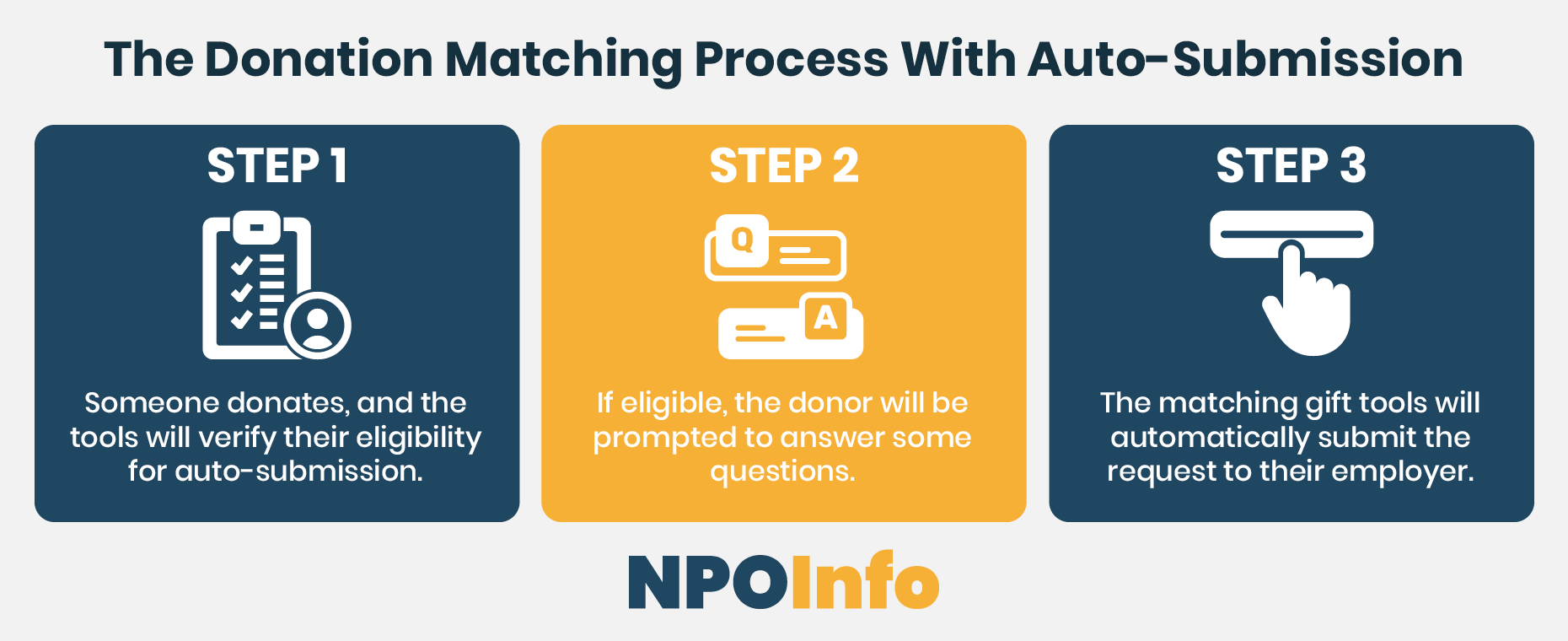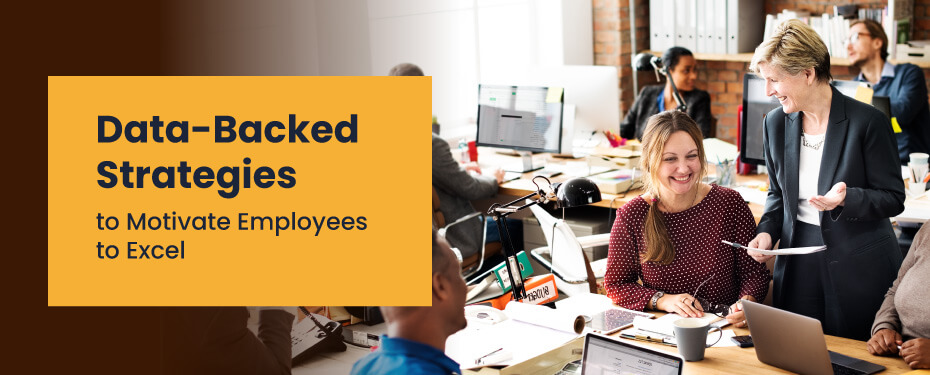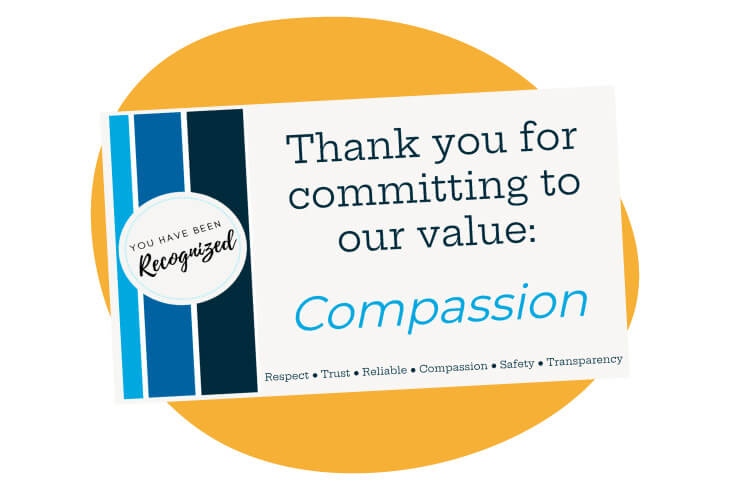How to Use Previous Auction Data to Inform Your Strategy
Data is the secret weapon for unlocking success in fundraising events, from large nonprofit auction galas to online school auctions. And, with auction software that supports in-depth data reporting and visualization, your school can easily inform your auction strategy with past data.
In this guide, we’ll discuss three important areas of auction data and how you can use this information to boost your school’s fundraising results.
Audience Data
The success of your fundraising auction depends on how well you can appeal to your supporter base. Therefore, it is critical to plan according to your audience’s specific needs, interests, and preferences. Start by analyzing your attendees from previous years, paying close attention to the following categories:
- Demographics: Understanding your target audience’s average age, gender, geographic location, and family status will give you insight into how to best structure your event and market it. For example, you might note that families in your community with preschool age children come to your auctions less frequently. To help these families, you might explore options for making your auction more family-oriented, such as hosting it earlier in the day or partnering with the local high school to offer babysitting services.
- Previous engagement: Look into your audience’s previous event attendance and volunteer experience to get an idea of their familiarity with your school. As most of your guests will likely be the parents and family members of your students, consider how you can show off a different side of your school, such as by asking the school jazz band to perform or using student art projects as decorations.
- Donation history: To set optimal fundraising goals, research your audience’s frequency and recency of donations. Additionally, pinpoint their average donation amount to set reasonable fundraising expectations. Your school can also take your community’s average tax bracket into account to ensure you set reasonable prices for auction items.
- Interests and hobbies: What sort of activities or events does your audience enjoy? Use social media appending services to understand what types of auction items would appeal to your supporters. You can also get your students to help as kids often have more insight into their parents’ hobbies and interests.
With a clear picture of your audience, your school can improve its decision-making and put together an auction that maximizes attendance and engagement.
Auction Item Data
From gift baskets to sports memorabilia to concert tickets, how do you know which auction items will generate the most interest, bidding activity, and profitability? One very effective approach is to look at data from previous auctions.
Take special note of these pricing metrics from previous years’ bidding process:
- Starting bids: In addition to researching market value, your school should pay attention to the starting bid amounts that generated interest and adjust your beginning price points accordingly.
- Minimum bid increments: Typically, bid increments are set at 10% or 15% of an item’s fair market value (FMV), but if a similar item from last year performed better than expected, you might consider lowering the increment to closer to 10% FMV for this year’s auction to incite competitive bidding.
- Buy-it-now data: For particularly high-value items like a weekend getaway you might offer a buy-it-now option. Buy-it-now options can ensure you will receive at least a certain high amount for these prizes. However, keep in mind that a bidding war may drive up the price even beyond your buy-it-now option. Refer to your past data to see how these types of items performed and whether a buy-it-now option has the potential to earn your school more.
Prior to your event, arrange a time to meet in person as a group with your high-impact school donors. List out auction items that your school is considering procuring and ask them which ones are most appealing or if they have any other suggestions. Thank supporters for their time and recommendations, and then update your item data with their choices.
Event Data
Your school can learn more about how engaging your past auctions were by collecting and assessing the following event data points:
- Total funds raised: Don’t just focus on the number, focus on where in your auction the funds came from. Evaluate and track your silent auction, your live auction, special appeal, and raffles or games separately. When looking at your special appeal, note whether your school was raising funds for a specific initiative, since that can have a significant impact on participation at your auction.
- Attendance: How has attendance been trending? Again, the absolute numbers are interesting, but you also want to break them down. Divide the participants of each of your past three or four events into tiers based on how much they contributed to the event’s success. Then, examine the attendance record of each tier.
- Return on investment (ROI): Were your most successful auctions the most elaborate ones? Look at what your school spent money on in the past. Maybe you had live music for a few years, then stopped; was there a significant impact on the amount you raised?
Based on your school’s previous auction performance, you might identify new ways to save on event costs and generate more revenue going forward. For example, you might decide to focus on finding corporate partners to procure more one-of-a-kind, enticing auction items to engage attendees at your next event without straining your budget.
Bonus: Improving Your Auction Strategy
With past auction data at your disposal, your school can start brainstorming ways to improve your auction strategy. SchoolAuction.net’s silent auction guide shares these tried-and-true tips for boosting your auction success:
- Promote your auction on a variety of communication channels to attract as many guests as possible.
- Incorporate countdown clocks and text notifications to increase engagement.
- Provide a self-check-out option to make your auction experience more convenient.
Finally, an effective and important way to invest in the success of future auctions is to make sure you thank guests after every auction. NXUnite by Nexus Marketing recommends retaining your donors by following up promptly about the impact of their contributions, so they know exactly how they made a difference in your school’s success.
Data is the key to informing your auction planning process. Reference previous audience, auction items, and campaign data points to discover your baseline metrics. From there, you can supplement your data with new insights to refine your strategy.
Remember to follow data hygiene best practices, such as standardizing data inputs and scheduling regular data back-ups to keep your auction information accurate, reliable, and useful in the long term.

